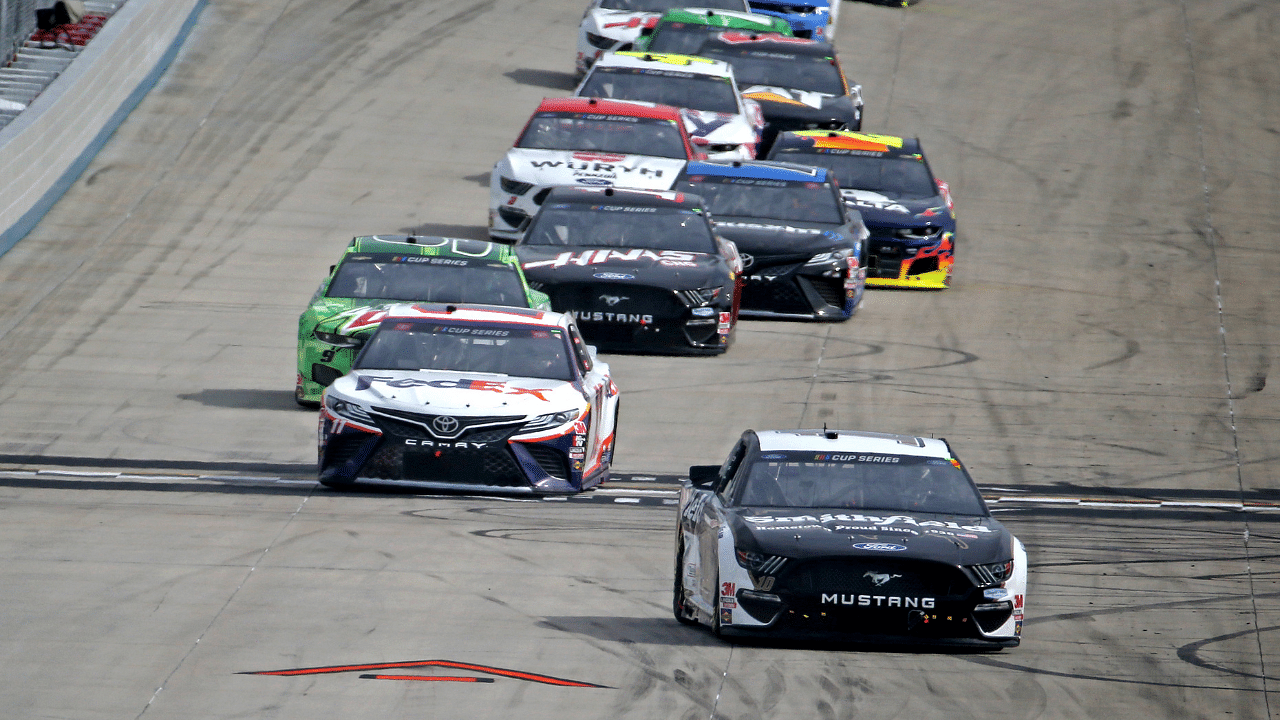The term dirty air is something that is heard way too often over the broadcasts or on driver radios. But what is it exactly and how does it affect the drivers during the races? Well, dirty air refers to the unorganized airflow that is emitted from behind a car. Once the airflow leaves a car it jumps around in multiple vortexes, creating an aerodynamically turbulent atmosphere in its wake. This disrupted airflow goes on to hit the car behind, causing a loss in overall downforce.
Advertisement
When racecars head into a corner the one thing holding them up to carry more speed into the corners is the downforce that glues them onto the track. But the downforce of a car is only generated from the airflow its aerodynamic parts can capture. So when a trailing car sits behind another racecar, the disrupted turbulent airflow can reduce the amount of speed it can carry through the corners, making it hard to control or pass under those circumstances.
As explained by former Hendrick Motorsports crew chief, Steve Letarte, “The front spitter, if you are looking at the nose of the car. It is flat, it has a step and it comes down. This area right here (talking about the step) its trying to pull air in underneath the car.” Explaining why it matters, Letarte mentioned that the air coming off the lead car hits the trailing car on its left front corner.
And if the trailing car wants to overtake then it would have to move slightly towards the left. He says, “For this car (trailing car) to be where it needs to be he really wants to move a little bit to the left.”
“That will force that air… Underneath the nose of the car, down the floor panel, at a high-speed rate, being compressed and over the rear diffuser. Technically under that rear diffuser, sucking that car onto the racetrack. That is the key to downforce on the Next-Gen car,” he concluded.
Dirty air has another side to it on high-speed race tracks
Dirty air can unsettle a car in the corners when it comes to racing at high-speed tracks such as superspeedways. This same aerodynamic phenomenon can aid trailing cars to close the gap and drive faster. This is what we call drafting on such types of tracks.
Since the car ahead is the one slicing through the aerodynamic resistance, the cars right behind will not have to face the same resistance, hence they can drive faster than the ones up front. Drafting plays a key role in high-speed tracks and aids in driver overtakes.
However, it is when the cars reach a corner that the airflow disruption can negatively affect the aero parts on the cars behind causing troubles for the trailing car to carry the same momentum across.




